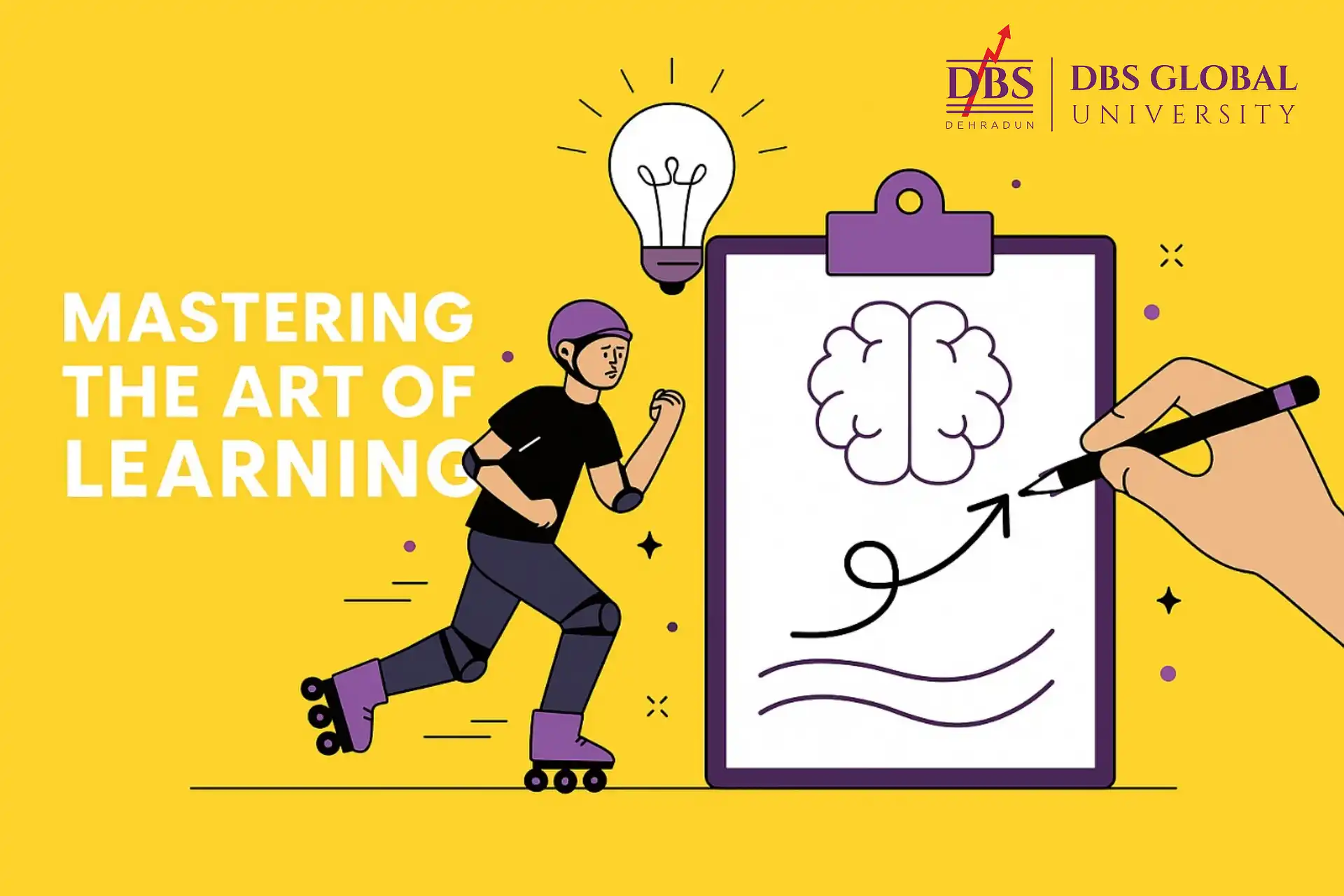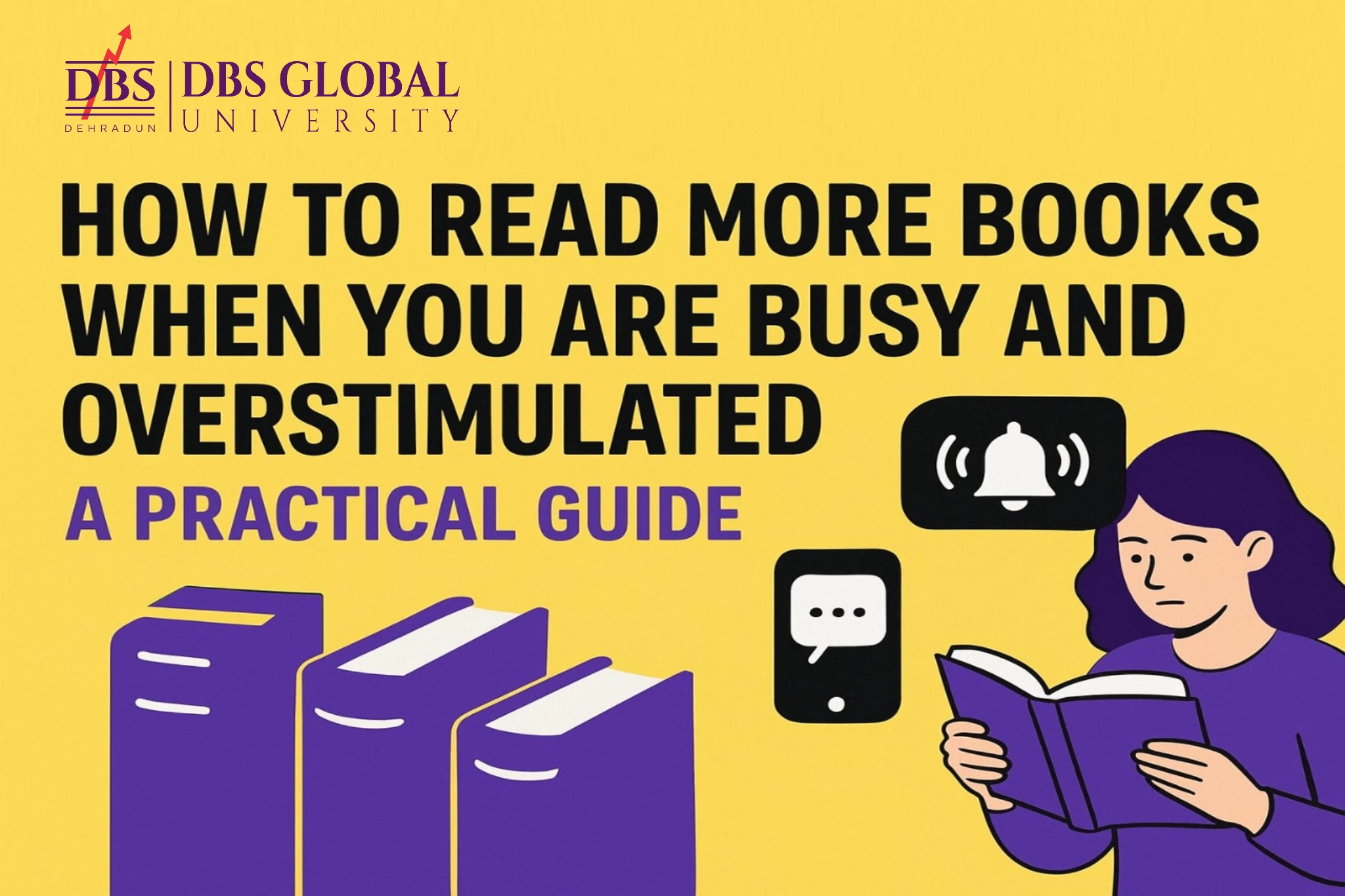
Mastering the Art of Learning
admin
- 0
I have been wanting to learn skating for the longest time. But every time I plan it, something or the other delays the start, the rain, the timing of the classes, the travel, or the fact that the gear I want is not even available. The list of excuses is longer than my patience.
Still, the urge remains. And before I finally sign up for a class, I caught myself wondering: Is there a way I can learn quicker when I actually begin? How do some people pick up new skills with ease while others struggle?
That question led me into a bigger discovery, the idea that learning itself is a skill. And when you practice it, you unlock what many call the art of learning.
The Forgotten Superpower: Learning How to Learn
It is not just skating. Maybe for you it is coding, cooking, public speaking, or picking up a new language. We often assume that the reason we struggle is the subject itself, math is too hard, I am not creative enough, languages are not my thing. But often the real block is this: no one ever taught us how to learn.
We spent years in school memorizing, but very little time mastering the process of learning itself. Yet, this process is the hidden superpower of high performers. It is what allows them to adapt, unlearn, and relearn in a world that never stops changing.
The good news? Learning how to learn is not reserved for geniuses. It is a skill anyone can practice. And like skating, it starts with balance, a balance between the right mindset and the right techniques.
The Mindset That Fuels Learning
Every skill begins with belief. If you think you cannot learn something, you are right, you have already closed the door before even stepping in. The first art of learning is not in flashcards or apps, but in mindset.
Psychologist Carol Dweck famously explained this through the idea of a growth mindset: the belief that abilities are not fixed, but can be developed with practice. It is why some people treat failure as a full stop, while others see it as feedback.
Curiosity also plays a huge role. Children learn faster than adults, not because they are smarter, but because they are more curious and less afraid of looking silly. As adults, we often let pride get in the way. The art of learning asks us to flip that, to stay curious, ask questions, and embrace the beginner’s mind.
Resilience is the third piece. Real learning is messy. You fall (sometimes literally, if you are on skates). You forget. You repeat. Those who persist are not always the smartest in the room, but they are the ones who show up again and again.
Together, curiosity, growth mindset, and resilience create the soil in which all learning techniques can take root. Without them, even the best tools will not stick.
The Science of How We Learn
Here’s the thing: your brain is not a hard drive. You cannot just copy-paste information into it. Learning is more like building a trail through a forest; the more times you walk that trail, the clearer it becomes. Skip too many days, and the forest grows back over it.
That’s why forgetting is not a flaw; it’s biology. Psychologist Hermann Ebbinghaus mapped what we now call the forgetting curve: the steep drop in memory after we first encounter something new. But here’s the good news: every time we revisit and recall that knowledge, the curve flattens. That’s how memories strengthen.
This is where metacognition comes in, essentially, thinking about your own thinking. When you pause to ask yourself, Do I really understand this? Can I explain it in my own words? You are nudging your brain to work harder, which makes the learning deeper.
-
- While I am exploring strategies to learn better, I also realized that in today’s overstimulated world, even reading a single book can feel like climbing a mountain. If that sounds familiar, you might enjoy my blog on how to read books in this busy time.
- How to Read More Books When You Are Busy and Overstimulated: A Practical Guide
-
- So, science shows us two truths:
- Forgetting is natural.
- Remembering requires effort.
Once you accept these, the frustration eases. You stop blaming yourself for not being “smart enough” and instead focus on building habits that align with how your brain actually works.
Practical Strategies to Learn Smarter
Knowing how the brain learns is powerful, but the real magic comes when you turn that science into everyday habits. Here are some proven techniques that can make any skill, whether skating, coding, or cooking, easier to master:
- •1. Spaced Repetition
Instead of cramming, review material at increasing intervals, a day later, then three days, then a week. Each revisit strengthens the “trail in the forest,” making the memory last longer. - •2. Active Recall
Don’t just reread notes or rewatch videos passively. Close the book and test yourself. Can you recall the idea without looking? Quizzing your brain forces it to work, which deepens learning. - •3. Interleaving
Mix up your practice. A skater might combine balance drills with turns and jumps, rather than repeating one skill endlessly. Switching topics helps the brain adapt and spot patterns. - •4. Teach It to Others
If you can explain something simply, you truly understand it. Teaching forces you to organize your knowledge and spot the gaps. - •5. Apply Immediately
The sooner you use what you have learned, the stickier it becomes. Read about negotiation? Try it in your next conversation. Learned a new skating move? Practice it that day.
These strategies are like tools in a backpack. You don’t need all of them every time, but knowing they exist means you are never empty-handed when learning feels tough.
Learning Beyond the Classroom
The beauty of mastering the art of learning is that it doesn’t stop when school ends. In fact, that’s when it truly begins.
Think about it: the skills that shape your career, relationships, and hobbies rarely come from textbooks. They come from learning on the go, adapting to a new job role, figuring out how to communicate better, or picking up a hobby that keeps you alive with curiosity.
High performers in every field treat learning as a lifestyle, not a phase. Athletes study their competitors’ moves. Entrepreneurs read market signals. Artists experiment with techniques. Doctors, lawyers, and engineers all must keep up with changing knowledge. What sets them apart is not just what they know, but how quickly and effectively they can learn something new.
Even outside work, the art of learning shows up everywhere:
- Picking up a musical instrument as an adult.
- Navigating new technology, your parents ask you about.
- Learning how to cook a dish you have never tried before.
- Building healthier habits or fitness routines.
Each of these moments is a reminder that learning is not confined to classrooms. It’s a lifelong passport, one that lets you grow, adapt, and stay relevant in a world that never stops evolving.
The Lifelong Journey
Learning is not a race you finish; it’s a journey you carry with you. The moment you treat it as a lifelong practice, life itself becomes your classroom.
You will fall, forget, and fumble, just like the first time I tried skating, I fell so hard my elbows still remember. But that fall taught me more than the tutorial video ever did. But every stumble is not a setback; it’s part of the process. The art of learning is less about perfection and more about persistence.
The real edge is this: if you can master how you learn, you can master anything else. Skills, careers, relationships, passions, they all open up because you have unlocked the one meta-skill that powers them all.
FAQ: Frequently Asked Questions
Q1. Why are both breadth and depth important for career growth?
A: Breadth helps professionals adapt to different roles and industries, while depth demonstrates expertise in a particular field. Together, they make candidates more competitive and future-ready.
Q2. How can I develop both breadth and depth of skills?
A: You can build breadth by learning across multiple disciplines, networking, and staying curious. Depth comes from specializing in one domain, gaining hands-on experience, and continuous practice.
Q3. Which skills will employers value the most in 2025?
A: Employers will look for adaptability, digital literacy, problem-solving, collaboration, and strong domain expertise. Balancing these broad and specialized skills will be key to employability.
Q4. Can students work on breadth and depth simultaneously?
A: Yes. By choosing a strong academic program while pursuing internships, certifications, and extracurricular projects, students can gain both a broad foundation and specialized expertise.
Q5. How can DGU help me prepare for future job opportunities?
A: DGU offers industry-aligned programs that blend technical expertise with soft skills, preparing students with both breadth and depth. Explore DGU Programs to find the right path for your career goals.
Q6. What practical steps can professionals take to showcase these skills to employers?
A: Build a strong portfolio, highlight transferable skills in resumes, pursue certifications, and demonstrate adaptability during interviews. This shows employers that you have both breadth and depth.
So here’s the invitation: stay curious, keep experimenting, and don’t be afraid to look like a beginner. Mastering the art of learning is really mastering the art of living.


